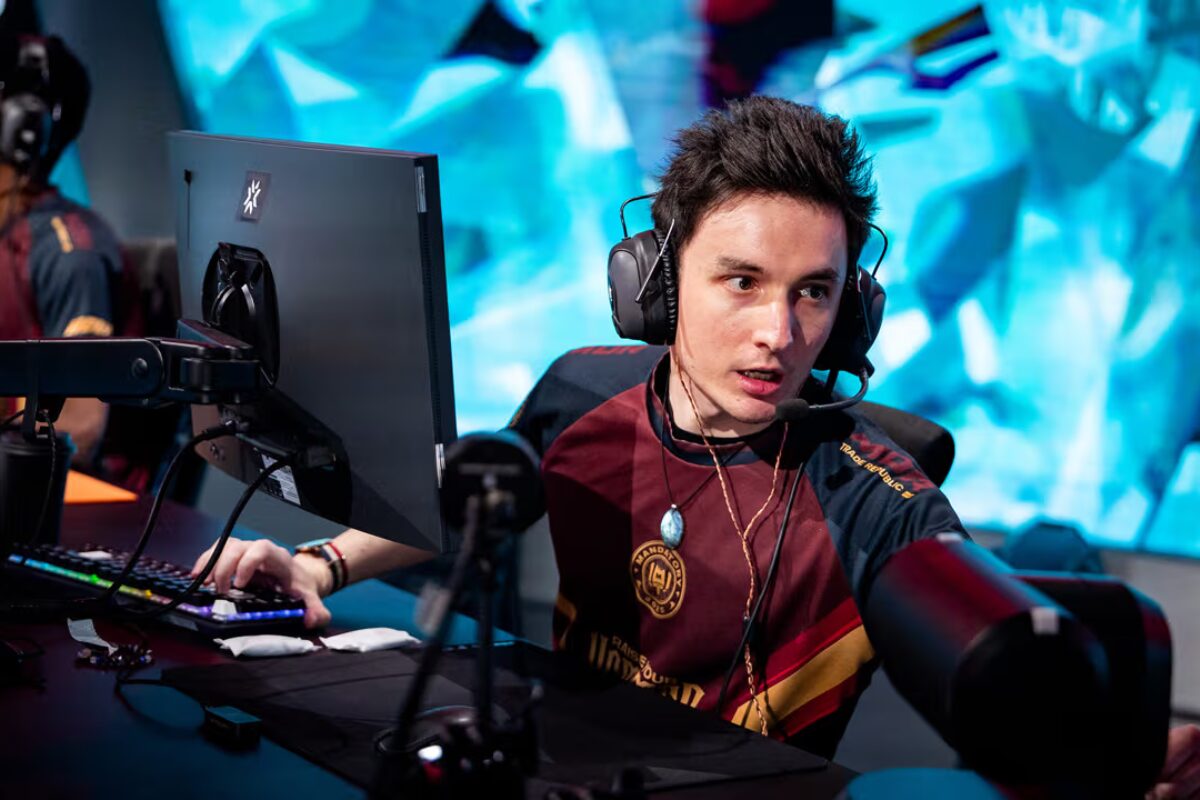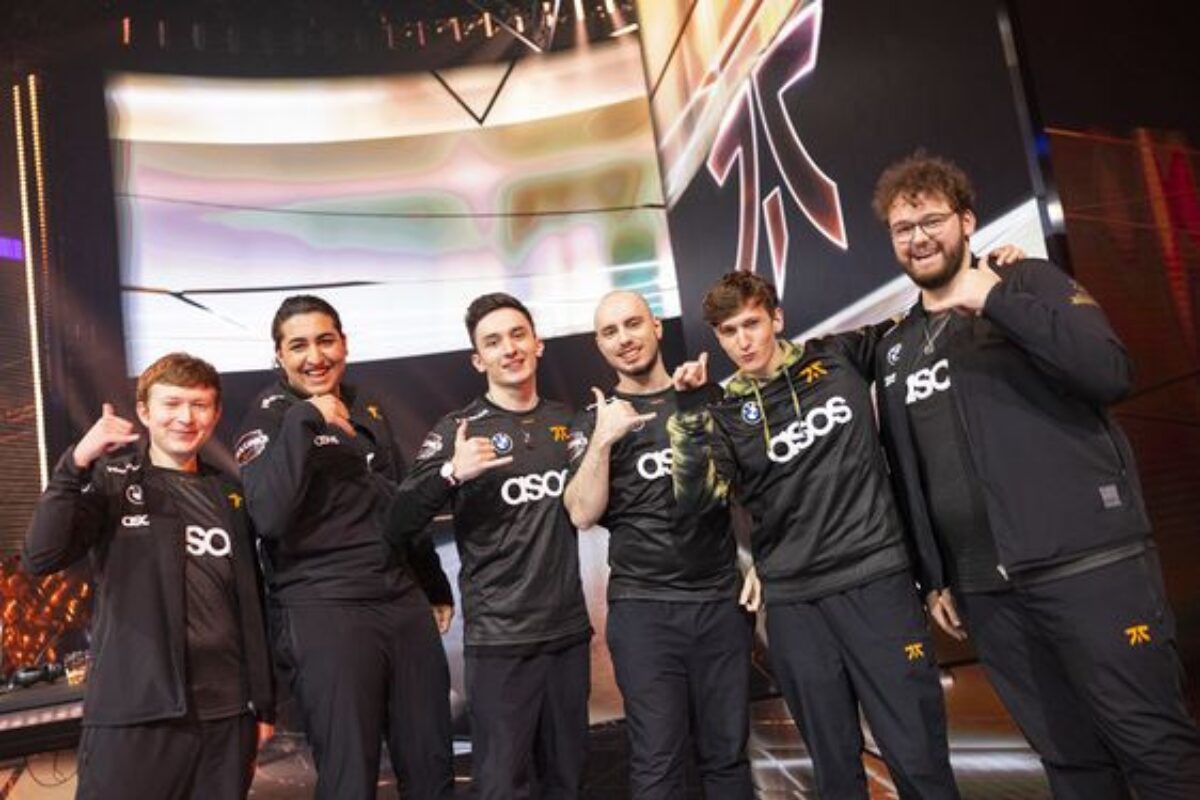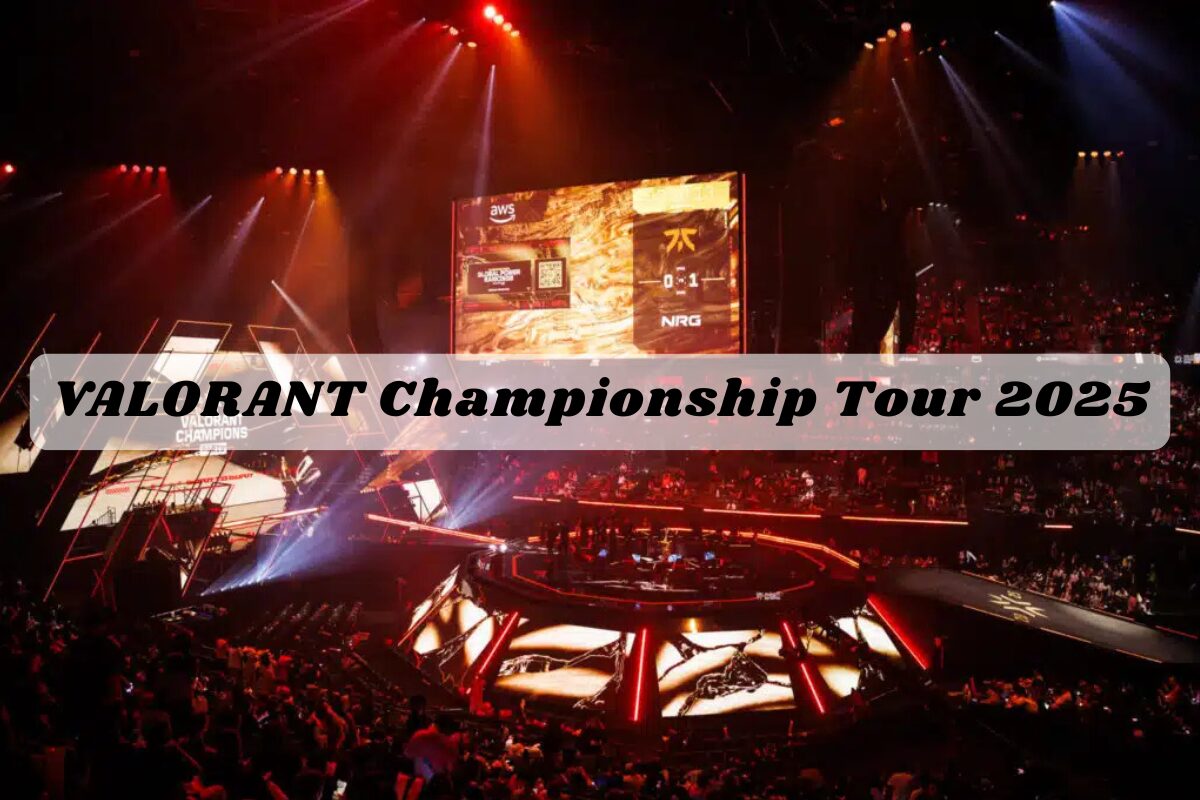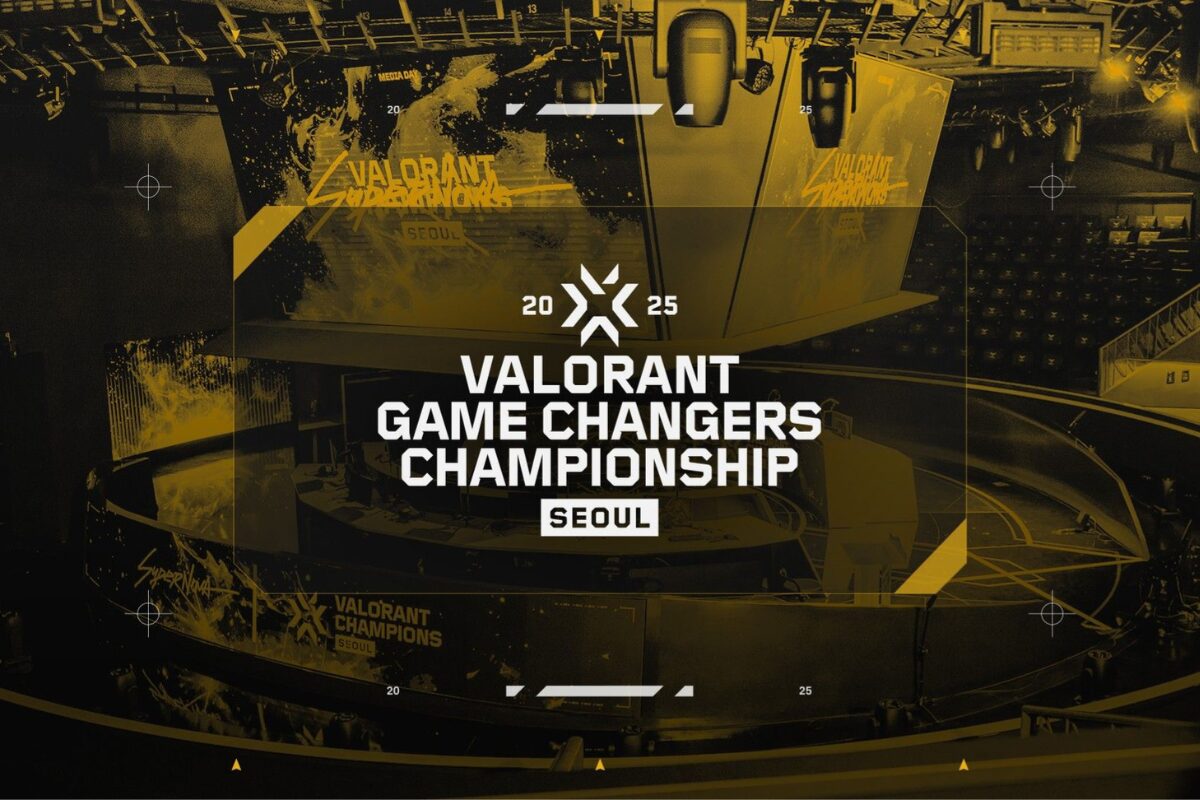In esports, youthful energy often drives innovation. For Team Envy, that energy was their secret weapon during the Ascension 2025 run — until it met a hard wall: Riot’s age-eligibility rule.
Despite securing promotion into Envy qualify for VCT Americas, two of Envy’s breakout players are now too young to compete at the franchised level. What should’ve been a golden moment for the organisation has turned into a sudden roster puzzle.
Understanding the VCT Age Rule (Envy qualify for VCT Americas)



Riot Games mandates that all players participating in the VCT Americas League must be at least 18 years old by the start of the season. The rule is designed to protect minors from the intensity of franchised schedules and the contractual obligations that come with Tier-1 play.
For Envy, this means both of their young stars — canezerra and ion2x, each 17 — must sit out until they turn 18.
The Players Affected — Youth vs. Regulation (Envy qualify for VCT Americas)


| Player | Age | Role | VCT Eligibility Status |
|---|---|---|---|
| canezerra | 17 | Duelist (Aggressor) | Not eligible until mid-season 2026 |
| ion2x | 17 | Initiator (Support Anchor) | Not eligible until late 2026 |
Both players were instrumental in Envy’s playoff surge. canezerra’s fearless entry work electrified the offense, while ion2x’s utility setups kept rounds alive when all seemed lost. Now, Envy must figure out how to replace production and chemistry without breaking team identity.
Envy qualify for VCT Americas – The Hidden Cost of Youthful Success



While most fans celebrate “young prodigies,” few realise how restrictive franchise rules can be.
For Envy:
- Momentum loss: the team that won Ascension won’t start the same way in VCT.
- Chemistry reset: integrating older stand-ins can disrupt timing and synergy.
- Public perception: fans love prodigies — losing them dampens hype.
Riot’s age barrier ensures player welfare, but it’s also a reality check for teams that rely on underage stars.
Envy qualify for VCT Americas – Options for Rebuilding



The team’s management now faces an unenviable off-season task. Possible routes include:
- Internal Promotion – trial backup players from Envy Academy or Challengers roster.
- Short-Term Substitutes – recruit experienced free agents for one split until the teens turn 18.
- Hybrid Strategy – rotate veterans early, reintegrate youth mid-season.
Insiders suggest Envy have already contacted regional free agents and possibly a Latin American initiator to fill one slot.
The Bigger Picture — Esports Growing Up



The age rule controversy underscores esports’ evolution into a legitimate professional sport. Gone are the Wild-West days when 15-year-olds could compete on main stages. With global sponsors and broadcast deals, Riot enforces standards resembling traditional sports — and Envy are the latest team caught in that growing pain.
Envy’s story is more than a bureaucratic hiccup; it’s a snapshot of esports maturity. Their Ascension triumph remains inspiring, but adapting to regulations will define their Tier-1 future.
If handled wisely, this setback could become a strategic reset — one that forges a deeper roster ready for both youth and experience. Credited from: Esports.net




